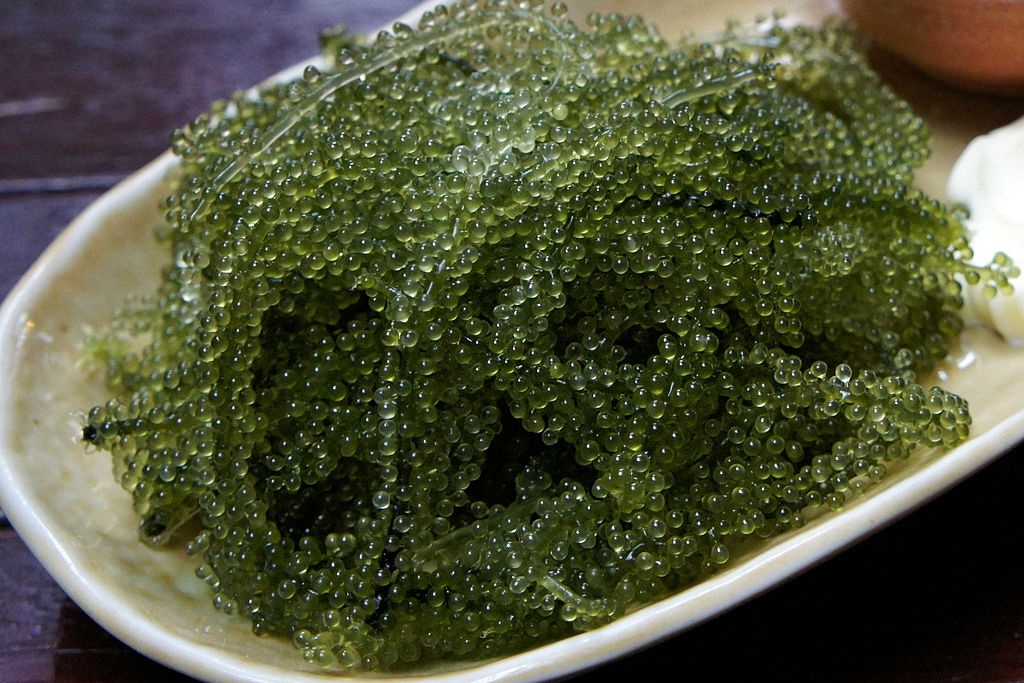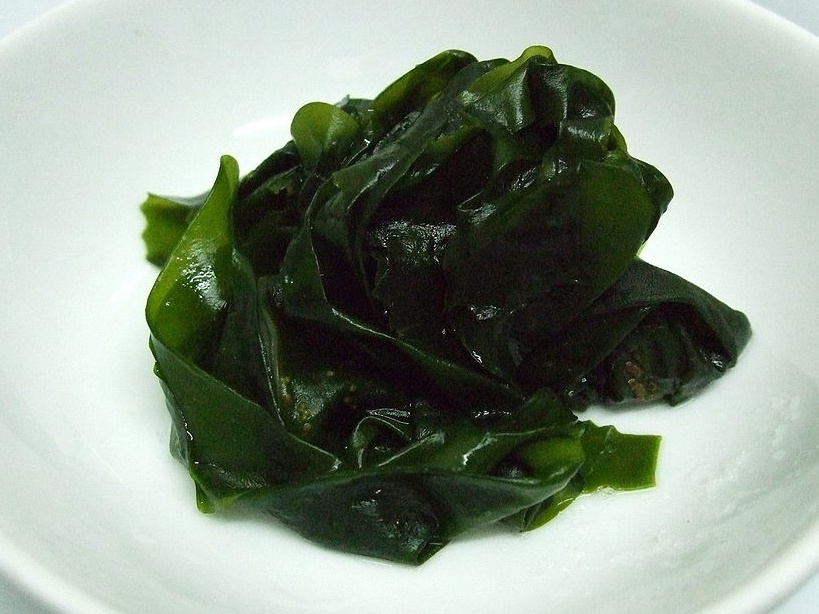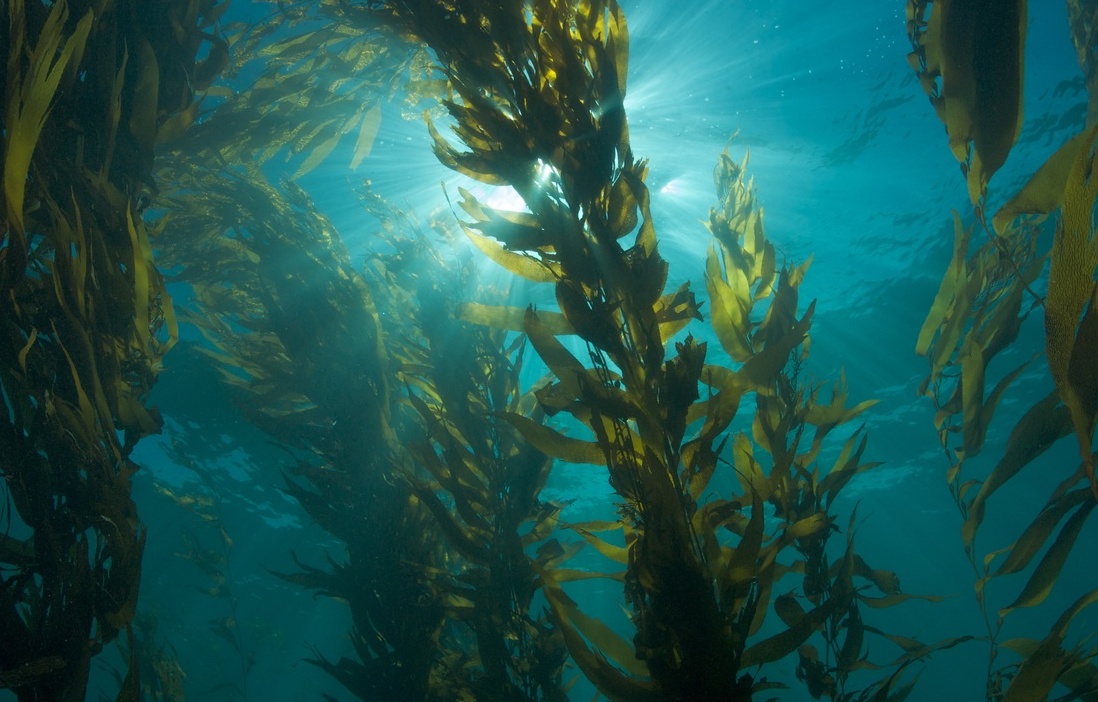Seaweed Pairings
The high nutritional content, unique texture and subtle taste of seaweed has made it a staple in Japanese cuisine. Seaweed is, however, a catchall term that doesn't do the different types of "sea vegetable" justice. Plus, there's usually a specific type of seaweed that goes best with particular dishes and Japanese diners have helped us work it out.
By Flo'Umi Budo' & Salads

https://en.wikipedia.org/wiki/Caulerpa_lentillifera
Umi budo, which literally means sea grapes, is a type of seaweed that is commonly eaten in Okinawa. It owes its name to its succulent texture and the way the fronds (fruit-like edible portions) grow on the stolons (vine-like stems). Umi budo is usually served as a side dish with soy sauce, or as a salad garnish.
'Nori' & Sushi
https://www.youtube.com/watch?v=K729GqTf2pk
This sheet of seaweed used for sushi rolls is commonly referred to as nori in Japan. The first stage of nori production involves farming red algae (Pyropia) in the sea. Pyropia grows quickly and are ready for harvest within 45 days from the seedling stage. Once harvested, the seaweed is processed with automated machines that shred and press it into thin sheets. Nori is most commonly used for sushi rolls or as garnish, so it's best to keep them crisp and dry by storing them in airtight containers.
'Wakame' & Miso Soup

https://en.wikipedia.org/wiki/Wakame
Wakame is a type of brown algae of the genus Undaria. It has been farmed in Japan since the Nara Period (710-794) and continues to be widely grown in the country. It has a silky smooth texture when moist and is most commonly added to miso soup or salads. It's also known to be great for your skin.



